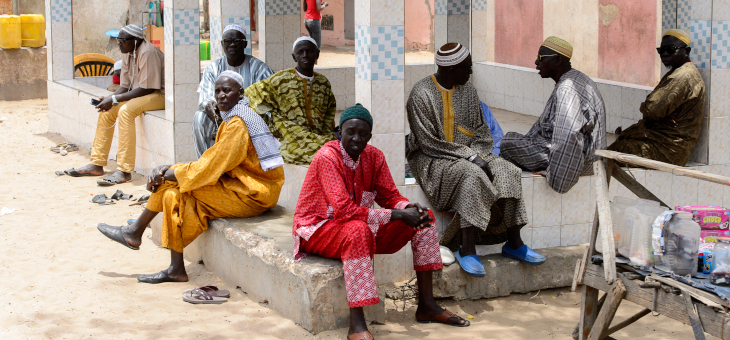Senegal: IMF-approved emergency financing providing vital liquidity to deal with COVID-19 impact

Event
On 7 May, Senegal reported 1492 positive COVID-19 cases (13 deaths). Early on, the government declared a national state of emergency and adopted strict containment measures (including the suspension of international air travel, the closure of borders, limits on inter-regional travel, bans on public gatherings, school closures and a curfew). The government swiftly tried to contain the COVID-19 outbreak through rapid testing and strict isolation. Although Senegal has stronger state capacity than some of its neighbours, medical and other infrastructure remains weak. Domestic containment measures together with lockdowns in Senegal’s major trade partners are having severe economic consequences. On 13 April, the IMF approved the disbursement of USD 442 million for Senegal under the Rapid Credit Facility (RCF) and Rapid Financing Instrument (RFI), providing vital liquidity to support the government’s response to the crisis.
Impact
In the light of the COVID-19 pandemic, Credendo downgraded Senegal’s short-term political risk classification from category 3 to 5, while a medium- to long-term political risk classification of category 5 was confirmed. The sudden halt in international tourism and travel, lower remittances and export demand together with domestic containment measures are all having a major impact on Senegal’s economy and create significant short-term fiscal and financial needs. Nevertheless, Senegal’s economy is not expected to go into recession and real GDP growth should still reach 3% this year (compared with 5.3% in 2019). The rebound forecast by the IMF for 2021 is also fairly positive (5.5% GDP growth). These data are preliminary and could change depending on the gravity and length of the COVID-19 pandemic. As of 2022, real GDP growth could be supported by modest hydrocarbon production coming on stream. However, the nascent nature of the local oil sector could temper forecasts. Senegal’s current account deficit is likely to widen in 2020, mainly explained by the drop in tourism and remittance revenue, which together account for more than 30% of total foreign exchange earnings, while import costs will remain relatively high due to high investment-related imports. As Senegal is a net fuel importer, its 2020 trade balance does benefit from the drop in international oil prices.
Over the past few years, the Senegalese Government has borrowed heavily, raising the public debt stock to more than 64% of GDP in 2019 (compared with 42% in 2014), with this set to reach about 67% of GDP by the end of 2020, which is still considered a sustainable level. The fiscal deficit is expected to grow to 5.6% of GDP this year, compared with 3.9% in 2019. The sharp deterioration of global financial conditions is weakening capital inflows and will reduce Senegal’s re-financing possibilities. As a result, financing shortfalls are expected on Senegal’s fiscal and external balances. The IMF support instrument (RCF/RFI) should help meet the considerable financial needs, while the IMF has also awarded immediate debt service relief to 25 IMF member countries, including Senegal, under the Catastrophe Containment and Relief Trust (CCRT). The G20 debt service suspension initiative (DSSI) is currently being put in place and should commit all official bilateral creditors to suspend principal and interest payments/repayments due as of 1 May until the end of 2020. These different channels of exceptional financial support should lower the risk of debt service non-payment in the short term, although additional donor support will probably still be required to cover all financial needs. Senegal’s risk for liquidity shortages is mitigated by its membership of the CFA franc zone, which provides stable monetary policies, low inflation, an exchange rate pegged to the euro with guaranteed convertibility by the French Treasury and access to pooled foreign exchange reserves, which also reduces convertibility and transfer risks. However, at the end of December 2019, the ‘eco’ was officially announced as the future new regional currency replacing and reforming the CFA franc (link: https://www.credendo.com/country-news/economic-community-west-african-states-eco-replace-cfa-franc-new-west-african-currency). In view of the COVID-19 pandemic, the introduction of the eco is expected to be postponed until at least 2021.
Analyst: Louise Van Cauwenbergh – l.vancauwenbergh@credendo.com